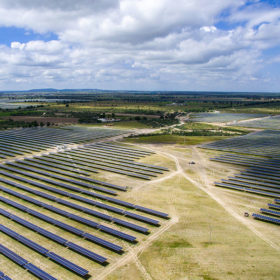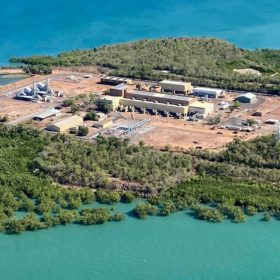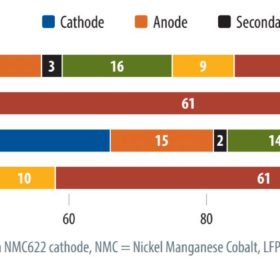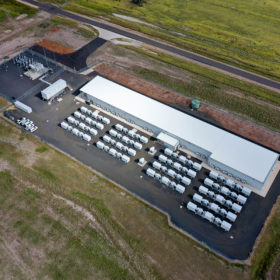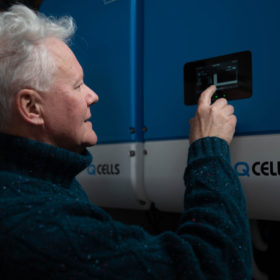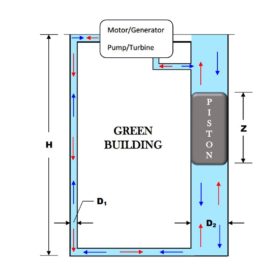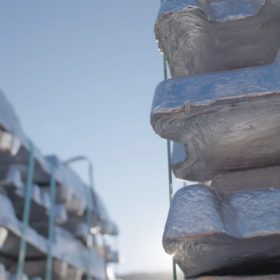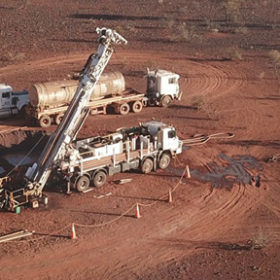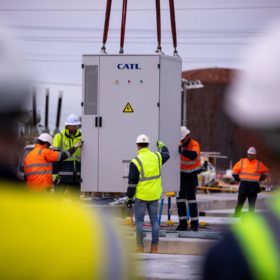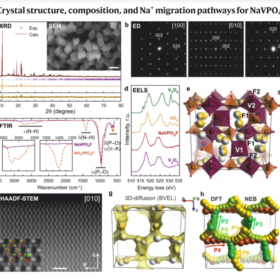Investors register 17 GW of renewable energy projects for Illawarra REZ
Renewable energy investors have proposed more than 40 new clean energy projects totalling more than 17 GW of generation and storage capacity for a coordinated renewable energy zone to be established in the Illawarra region on the New South Wales south coast.
Territory targets more solar as work begins on $45 million big battery
Construction has commenced on a $45 million grid-scale battery storage system that will support further uptake of solar PV among households and businesses in the Northern Territory and help the government achieve 50% penetration of renewables into its energy supply by 2030.
Weekend read: Strong case for energy storage, despite rising costs
Unprecedented volatility in global commodity markets, disruption to logistics and supply chains, and unrelenting growth has driven up the cost of Li-ion batteries since the middle of 2021. Sam Wilkinson and Oliver Forsyth of IHS Markit expect to see rapid manufacturing expansion that will still struggle to keep up with demand, and ultimately lead to the establishment of a smaller group of battery-makers specialized in supplying stationary energy storage systems.
Queensland’s biggest battery reaches full commercial operations
The biggest battery yet connected to the grid in Queensland has commenced full commercial operations with developer Vena Energy announcing it has flicked the switch on the 100 MW/150 MWh Wandoan South battery energy storage system in the state’s south-west.
Qcells Australia reports 194% jump in battery sales in July
South Korean solar and battery manufacturer Qcells says its Australian arm has seen 194% growth in energy storage system (ESS) sales in July 2022 compared to the first quarter of the calendar year.
PV with gravity storage, redox flow batteries in buildings
Indian researchers have developed a new hybrid system featuring a conventional rooftop PV system, a solar tree, two gravity power modules for building (GPMBs), and a vanadium redox flow battery (VRFB), with power exclusively provided by the two solar installations.
Long-term, heat-based energy storage in aluminium
Nine partners from seven European countries are involved in the €3.6 million (AU$5.25 million) “Reveal” research project, which says buildings could be heated in the future by storing energy from PV, wind and water in aluminium.
Weekend read: Flowing into the lithium supply gap
Australian-born vanadium redox flow technology and new homegrown electrolyte sources are set to bulk up renewable energy storage options in the Pacific region and plug the gap left by lithium supply-chain issues. Natalie Filatoff reports from Sydney.
Synergy eyes system security as installation begins on WA’s biggest battery
Construction has commenced on what will be Western Australia’s biggest battery energy storage system with the first of the battery units installed for the 100 MW/200 MWh Kwinana Big Battery being built at the site of the decommissioned Kwinana Power Station near Perth.
High-voltage sodium-ion batteries with up to 15% higher energy density
Researchers in Russia have developed a new sodium-vanadium phosphate fluoride powder. It has a particular crystal structure that provides superior energy storage capacity in the battery cathode.
